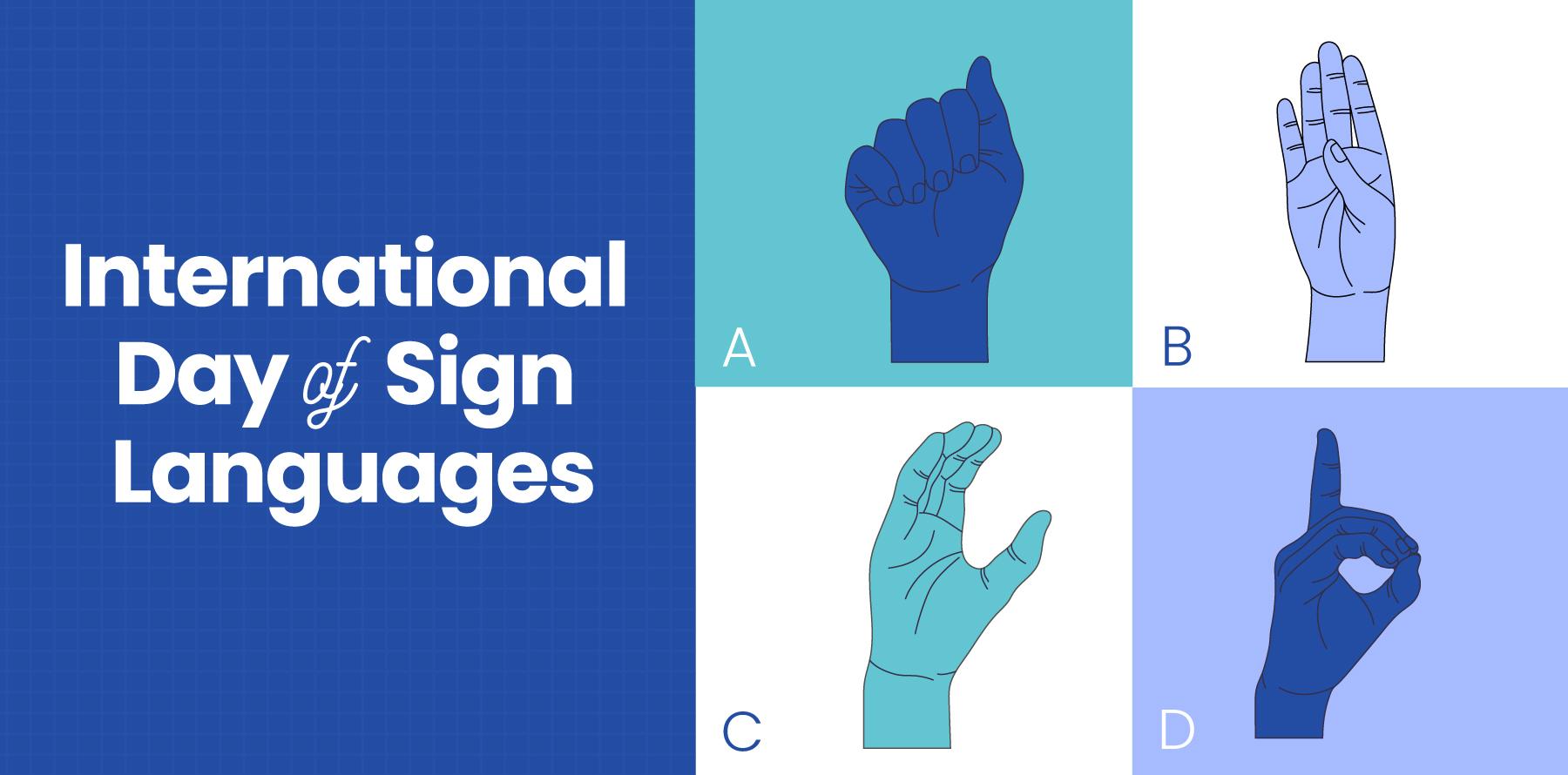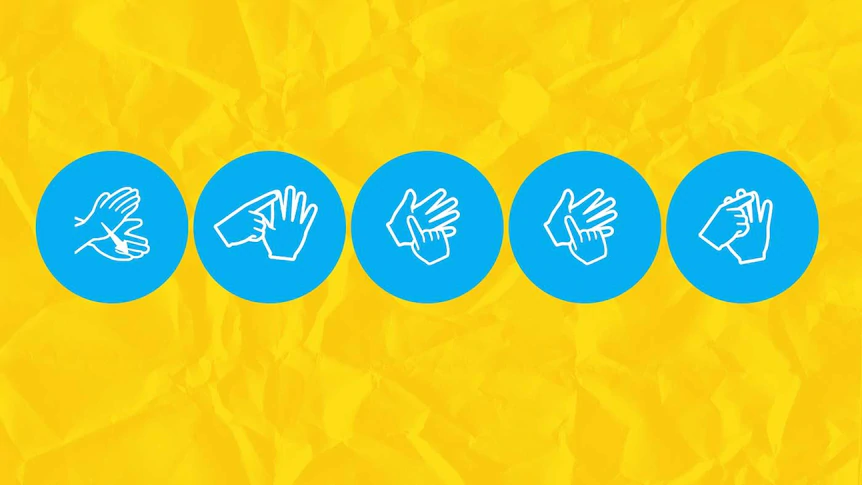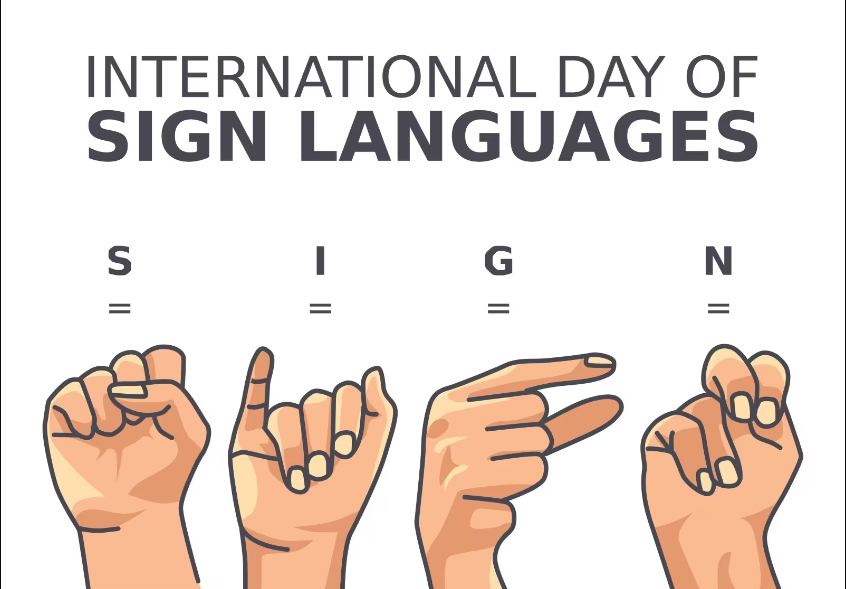
Introduction
On September 23rd, a significant date is commemorated, marking the establishment of the World Federation of the Deaf (WFD) in 1951. This day signifies the birth of an advocacy organization with a primary goal—the preservation of sign languages and the deaf culture, recognized as prerequisites for the realization of the human rights of deaf individuals.
Origin
The selection of September 23 as the date for observance has its roots in the historic establishment of the World Federation of the Deaf in Rome on September 23, 1951. The annual observance of the International Day of Sign Languages holds importance as it endeavour’s to raise awareness about this vital medium of communication.

The Origin of Indian Sign Language
In January 1999, a distinctive project was initiated by the Ramakrishna Mission in collaboration with CBM International, Germany—to standardize Indian Sign Language. This initiative bore fruit on November 24, 2001, becoming a significant milestone for individuals with hearing impairment in India.
Significance
Yearly observance of the International Day of Sign Languages assumes significance as it strives to heighten awareness regarding this crucial mode of communication. The United Nations passed a resolution to establish this day, recognizing the imperative need for early access to sign language and the provision of quality education in sign language to foster the growth and development of deaf individuals.

Frequently Asked Questions (FAQs)
- What is the International Day of Sign Languages?
The International Day of Sign Languages is observed annually on September 23rd. Its objective is to increase awareness of the importance of sign languages as a means of communication within the Deaf community, acknowledging sign languages as vital elements of global linguistic diversity.
- Why do we celebrate the International Day of Sign Languages?
The celebration of the International Day of Sign Languages serves as an advocate for the rights and culture of Deaf and Hard of Hearing people worldwide. It underscores the significance of sign language in promoting the socio-economic inclusion of these communities and emphasizes the necessity of Deaf education, accessibility, and equal opportunities.

- How many sign languages exist worldwide?
While there isn’t a definitive count, The Ethnologies catalogue of world languages, one of the most reputable linguistic resources, currently documents 141 Deaf sign languages. However, it’s important to note that this number may not encompass all the sign languages used within diverse Deaf communities globally.
- Is there a universal sign language that everyone uses?
No, there isn’t a universal sign language. Sign languages, much like spoken languages, exhibit diversity and cultural specificity. They possess their own distinct vocabularies, grammatical structures, and dialects. For instance, American Sign Language (ASL) significantly differs from British Sign Language (BSL), illustrating the rich linguistic diversity of the Deaf community.
As we observe the International Day of Sign Languages, let us celebrate the power of this unique mode of communication and its role in fostering inclusion and understanding within the global community.










